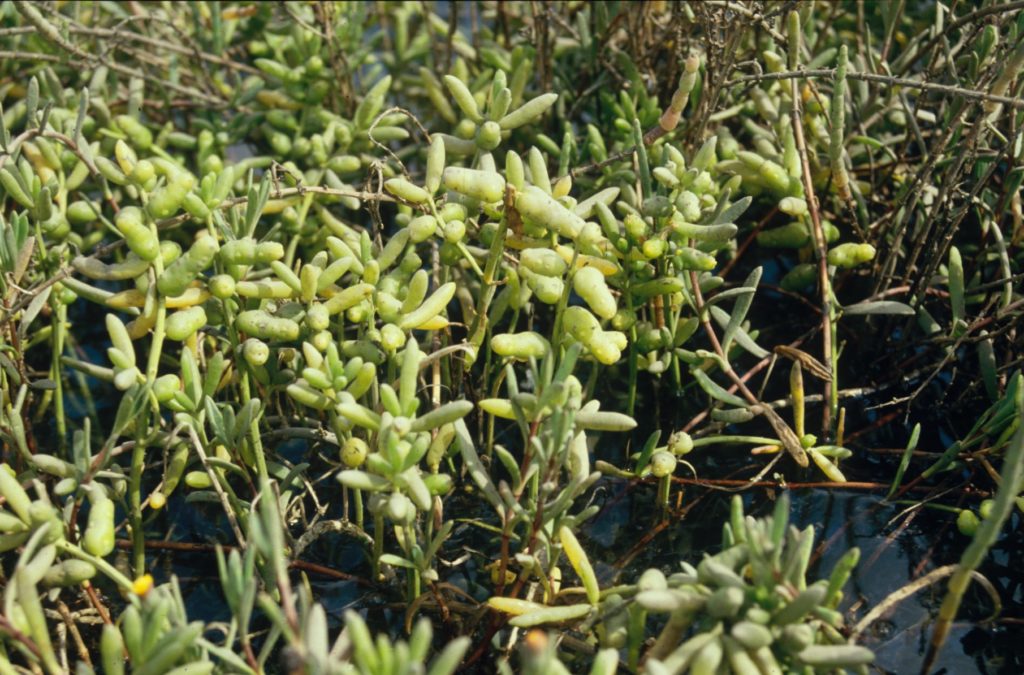
TETRP is a multi-phased restoration program located within the Tijuana Estuary National Estuarine Research Reserve (TRNERR).
TETRP was designed to restore tidal exchange and wetland habitats just north of the US/Mexico border, in response to the sedimentation issues affecting primarily the southern arm of the estuary but also similar issues in the northern arm.
Restoration will enhance habitat conditions for Ridgway’s rail, saltmarsh bird’s beak and other endangered and sensitive wetland species.
TETRP I
The Completion of two Important Projects
1. Oneonta Tidal Linkage – 1997
The primary goal of this project was to improve tidal circulation in the northern end of the Oneonta Slough. The restoration quickly achieved its success and now supports a functioning salt marsh and intertidal habitats. The project continues to include a research component at TRNERR.
2. Model Marsh – 2000
The 20-acre Model Marsh was constructed in the southern arm, in an area of former salt marsh that was filled through a series of natural and man-induced events. Over 100,00 cubic yards of soil was excavated to create a successful marsh plain and network of tidal channels. The excavated material was subsequently used to restore an abandoned quarry nearby. Beneficial reuse of excavated soils is also a key component of TETRP. The Model Marsh Project includes an extensive monitoring and research program, providing valuable information to be applied to future phases of TETRP II.
TETRP II
Currently Underway
TETRP I had initially outlined a plan to restore approximately 500 acres in the southern arm of the estuary. A reassessment, “Tijuana Estuary – Friendship Marsh Restoration Feasibility and Design Study” was completed in 2008 and resulted in a reduction of the restoration footprint to approximately 250 acres with a phased approached.
In 2016, SWIA received funding from the Wildlife Conservation Board to complete final engineering and design for implementation of TETRP II, Phase 1. The State Coastal Conservancy also provided funds to assist with the establishment of pre-construction baseline monitoring at the site. SWIA and its multi-agency Team, to include a 16-member Science Advisory Team are currently working on the final development of an approximately 75-acre restoration for possible implementation as early as fall 2020.




















 San Diego Bay Native Oyster Restoration Project
San Diego Bay Native Oyster Restoration Project